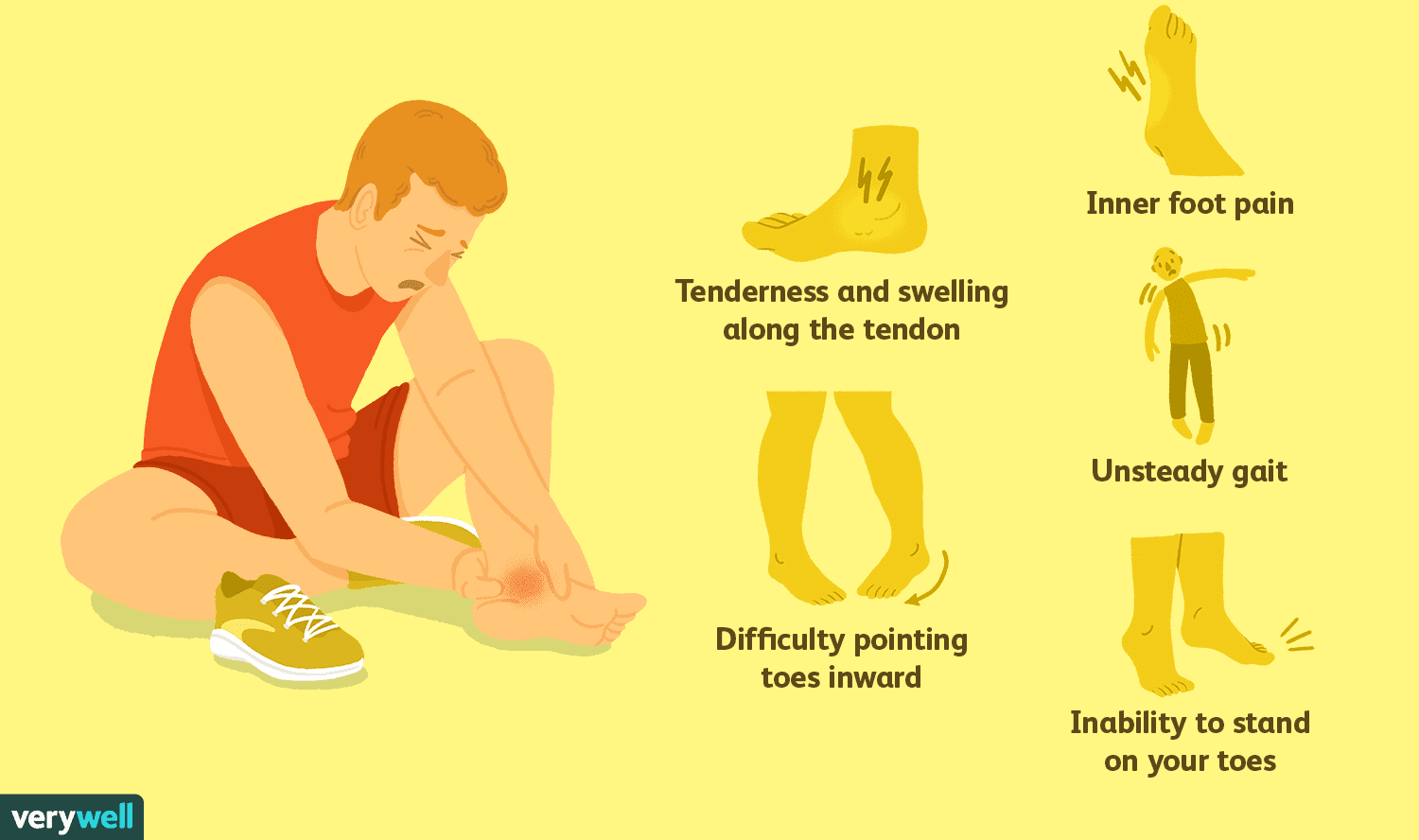
Are you experiencing tendon pain? Inflammation, swelling, and impaired movement sound all too common?
Our Physio team has explained the ins and outs of Tendinopathies including signs, symptoms, and ways to treat tendinopathy.
Lower limb Tendinopathies
Tendons are strong, thick structures within the body that act as springs. In the lower limb, they allow us to produce powerful, explosive movements such as running and jumping.
Lower limb tendinopathies are relatively common in both athletic and non-athletic populations, and clinically we can see lower limb tendinopathies across a wide age span. Our tendons can sometimes be a little bit stubborn when it comes to management and it is always best to address it as soon as possible to ensure the quickest recovery.
In this blog, our team outlines some of the key points to look out for if you are suspecting tendinopathy and what we might do, and why to help get you back on track.
Pathophysiology
When we train, whether it be running, cycling, swimming, weightlifting, etc. the body recovers and adapts by undergoing many cellular processes. These processes allow for physical growth and adaptation, for example, muscle endurance, muscle hypertrophy, etc.
Each person’s fitness, strength, recovery rate, and ability to adapt are very different, and therefore different people may experience injuries at very different rates. Afterload is applied to the body, our tendons will try to adapt and repair our physical capacity to increase.
However, when we continuously overload the body it can be a challenge for our repair cells to keep up. Our body is smart enough to replace these cells with the next best cell available, to allow us to continue performing at these volumes, however, the replacement cells go on to cause tendon stress, resulting in pain.
Presentation
Tendinopathies are generally considered an overuse injury. The tendon is not able to adapt and recover to physical demands quickly enough resulting in a localized pain related to high tendon load (e.g. fast movements, running, hopping, jumping).
A typical presentation for tendinopathy is pain at the beginning of exercise/activity that warms up with the body and feel okay – it may then become sore towards the end of your training session. Symptoms will then become more prevalent over the next 24-48 hours.
We think this is due to the protective mechanism of the body, as it is smarter for the body to protect you from overtraining the following 24-48 hours.
Other high tendon loads that may provoke symptoms include compressive loads (e.g. stretching) and energy storage combined with compression (e.g. uphill running in Achilles or proximal hamstring tendinopathy, as the tendon is stretched and performing explosive movements).

Treatment
Should I take anti-inflammatories?
Previously known as tendinitis, ‘itis’ stands for inflammation, however, we now know that there is no inflammatory component associated with tendinopathies. Therefore cortisone injections and anti-inflammatory medications are not generally recommended.
Will resting help?
Resting a tendon will only result in a weaker tendon, we need to load it through strengthening and graded exposure back into activities. Continued inappropriate loading will cause further tendon stress and ongoing pain, therefore we need to determine the optimal loading program for you.
How about strengthening?
A progressive loading program allows the tendon to adapt to increased physical demands, thereby enabling you to tolerate increased loads without irritation and tendon pain. Simply put, we want to remove aggravating loads (tensile and compressive loads) and replace them with loads that are better tolerated by our tendons.
As mentioned above, the primary role of lower limb tendons is their springy effect. In an irritable tendon, we may advise you to reduce these types of explosive movements for a short period of time and replace them with slow or static movements that tendons tolerate quite well.
We will not be avoiding these activities forever, just until things have settled down enough to start to reintroduce them.
To elaborate on this, a progressive loading program in tendon rehabilitation generally looks like a heavy strength and conditioning program. These programs should be individualized to your goals and the activity that you would like to get back to.
Load management
Load management is another key component of tendon rehabilitation. Generally, we are able to keep you training, and it is actually very important to keep you training so that your physical capacity does not decline.
We want to find a load that you are able to train at without tendon flare-up. We may reduce your normal training volume and intensity OR substitute your training with an activity that is less likely to cause tendon stress (e.g. swimming or cycling).
It is important to monitor how you feel and how your tendon responds over the next 24-48 hours, as mentioned above, it is over the following day/s that your tendon may be sore, which can make things tricky to monitor.
After we have found this training balance and established your progressive loading program we will be able to progress your load from there. In regards to load management, it is also very important to factor in rest and recovery days during your training week.
It is important to remember that tendinopathies can take up to 18 months to treat. It is a slow journey but you will come out stronger on the other side. If you are experiencing any tendon pain, contact our physiotherapists to discuss how they can help you.
